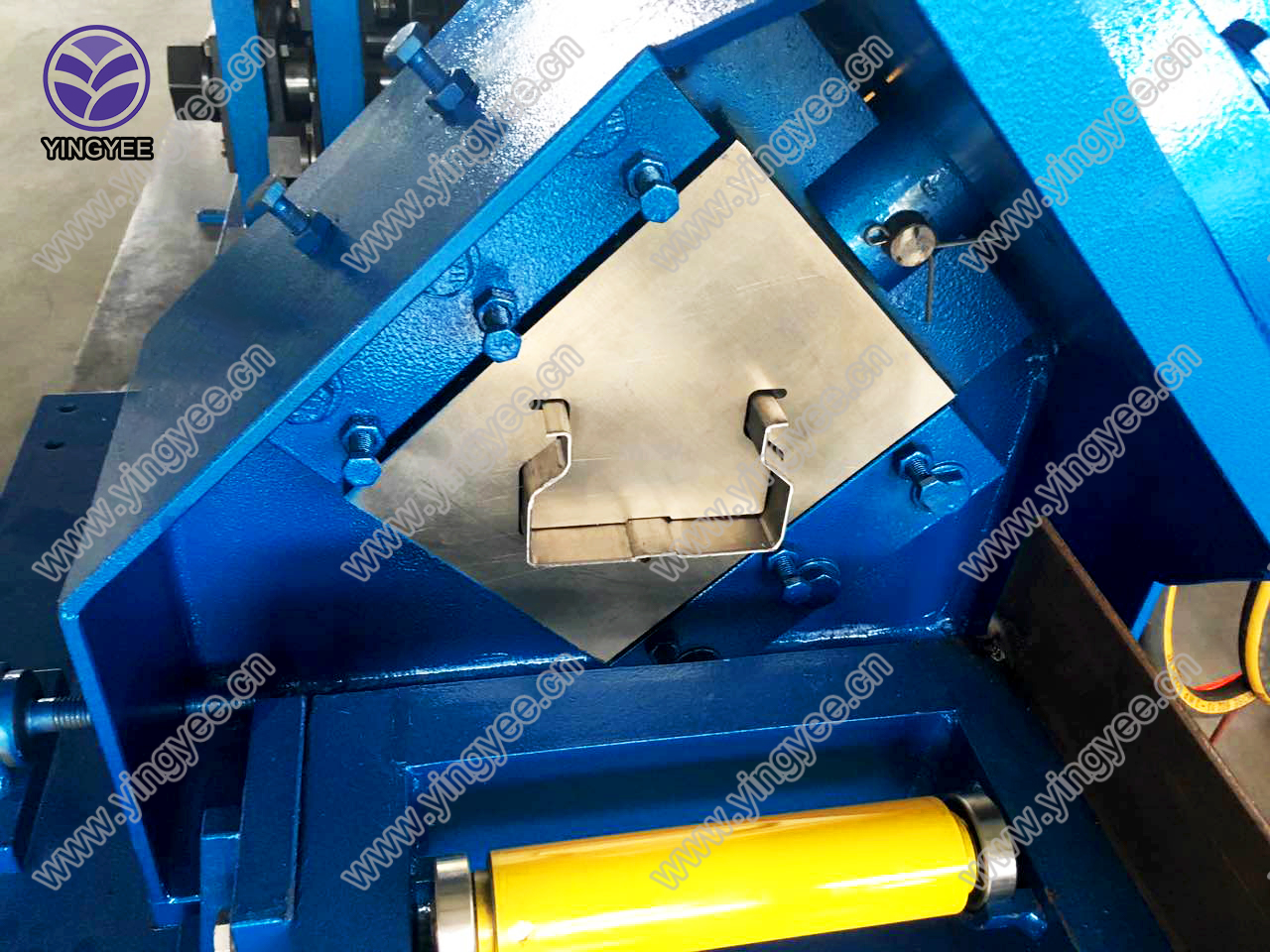
Light Keel Roll Forming Machine Revolutionizing Construction and Design
In the ever-evolving world of construction and manufacturing, efficiency and precision are paramount. One of the most innovative tools that has gained traction in recent years is the light keel roll forming machine. This advanced machinery is designed to create lightweight steel keels used in a variety of applications, from prefabricated buildings to interior designs. Understanding the significance and functionality of light keel roll forming machines is crucial for industries looking to optimize their processes and enhance product quality.
Understanding Light Keel Roll Forming Machines
A light keel roll forming machine is a specialized piece of equipment used for the continuous and automated production of metal keels. These keels are essential structural components that provide support and stability to lightweight partition systems, ceilings, and other frameworks commonly utilized in modern construction projects. The roll forming process involves feeding a flat metal strip through a series of rollers that gradually shape it into the desired profile, achieving high precision and uniformity.
Advantages of Using Light Keel Roll Forming Machines
1. Efficiency in Production One of the primary advantages of using a light keel roll forming machine is the speed and efficiency it offers. These machines can produce large quantities of keels in a relatively short time, significantly reducing labor costs and manufacturing lead times. This efficiency is critical in meeting the increasing demands of the construction industry.
2. Cost-Effectiveness While initial investments in roll forming machines may seem substantial, the long-term cost savings are considerable. The automated production process minimizes waste material and lowers energy consumption. Additionally, the durability and longevity of the products produced can reduce the need for costly replacements and repairs down the line.

3. Precision Engineering Light keel roll forming machines are designed to create highly accurate profiles with tight tolerances. This precision ensures that the keels fit together perfectly, reducing the chances of construction errors and the need for adjustments during installation. Accurate components contribute to the overall integrity and safety of the structure.
4. Versatility Light keel roll forming machines are capable of producing a variety of profiles and designs. This versatility allows manufacturers to cater to various construction standards and aesthetic preferences, making them a valuable asset in both functional and ornamental applications.
5. Sustainability With the growing emphasis on sustainable practices in construction, using a light keel roll forming machine aligns with environmentally friendly initiatives. The machines utilize materials efficiently, and many of the steel products can be recycled at the end of their life cycle, contributing to a circular economy.
Applications in Modern Construction
Light keels produced by roll forming machines are widely used in numerous applications. In commercial and residential buildings, they form the basis for drywall systems, providing support for interior walls and ceilings. In the prefabrication sector, light keels facilitate rapid assembly and disassembly, which is highly beneficial for modular building designs. They are also used in the manufacturing of lightweight structure components, such as racking systems and suspended ceilings.
Conclusion
The light keel roll forming machine represents a significant advancement in construction technology. By providing efficiency, precision, and versatility, these machines are revolutionizing the way keels are produced and utilized in modern construction. As the industry continues to evolve, adopting such innovative technologies will be vital for businesses aiming to stay competitive and meet the demands of an increasingly complex market. Whether for commercial, residential, or industrial applications, the impact of light keel roll forming machines will undoubtedly shape the future of design and construction.